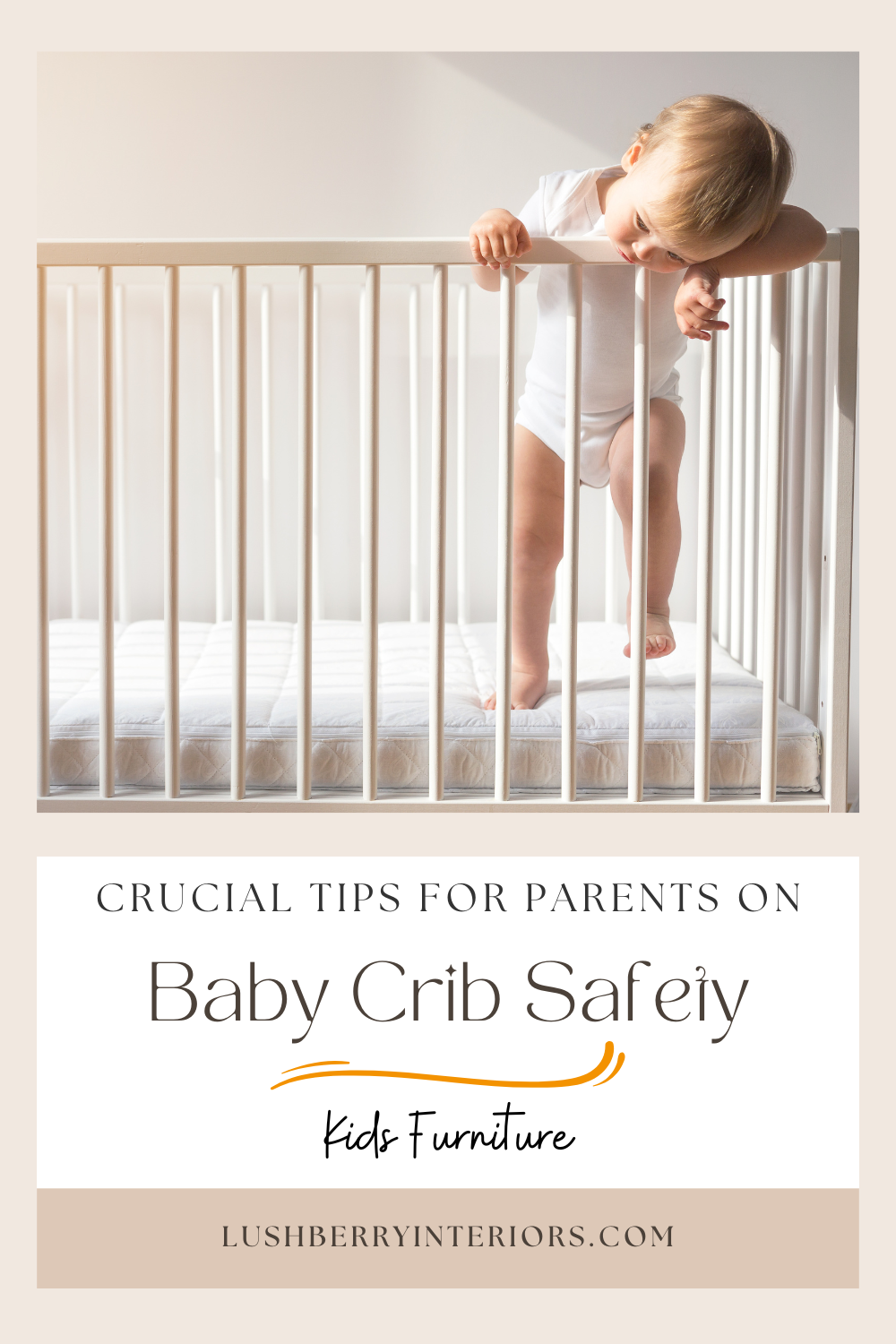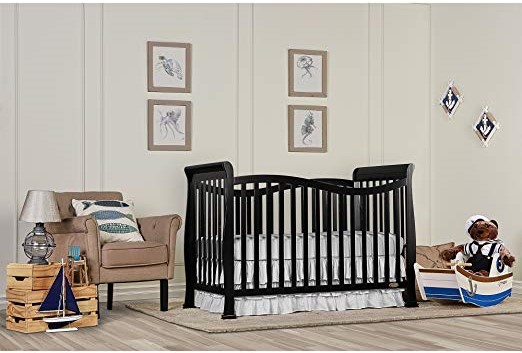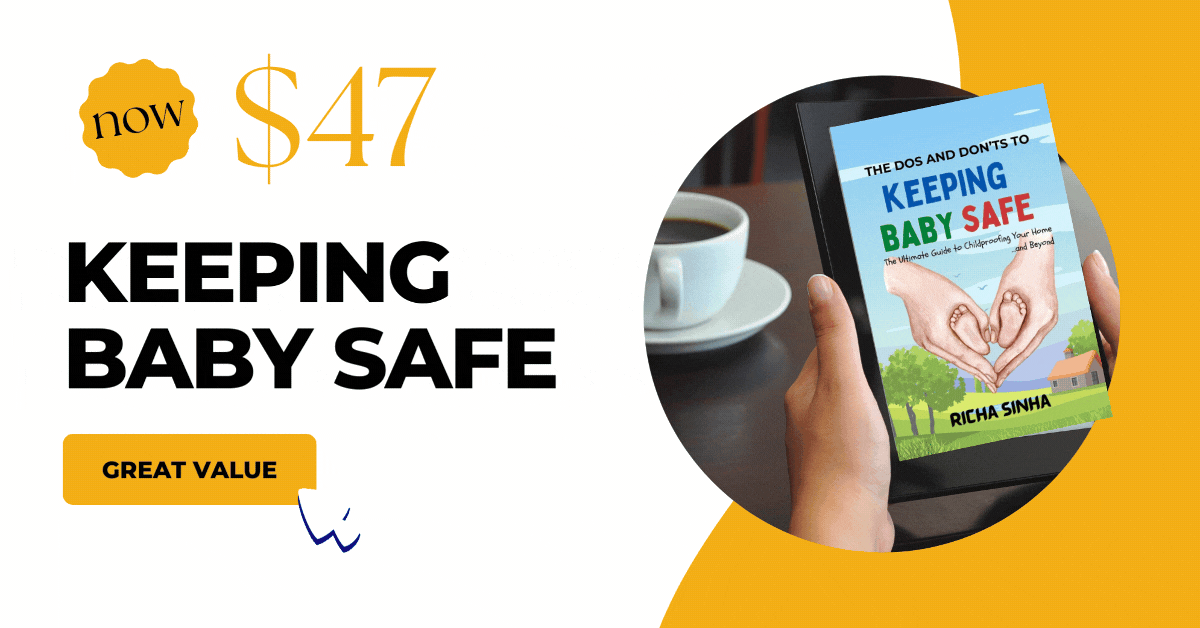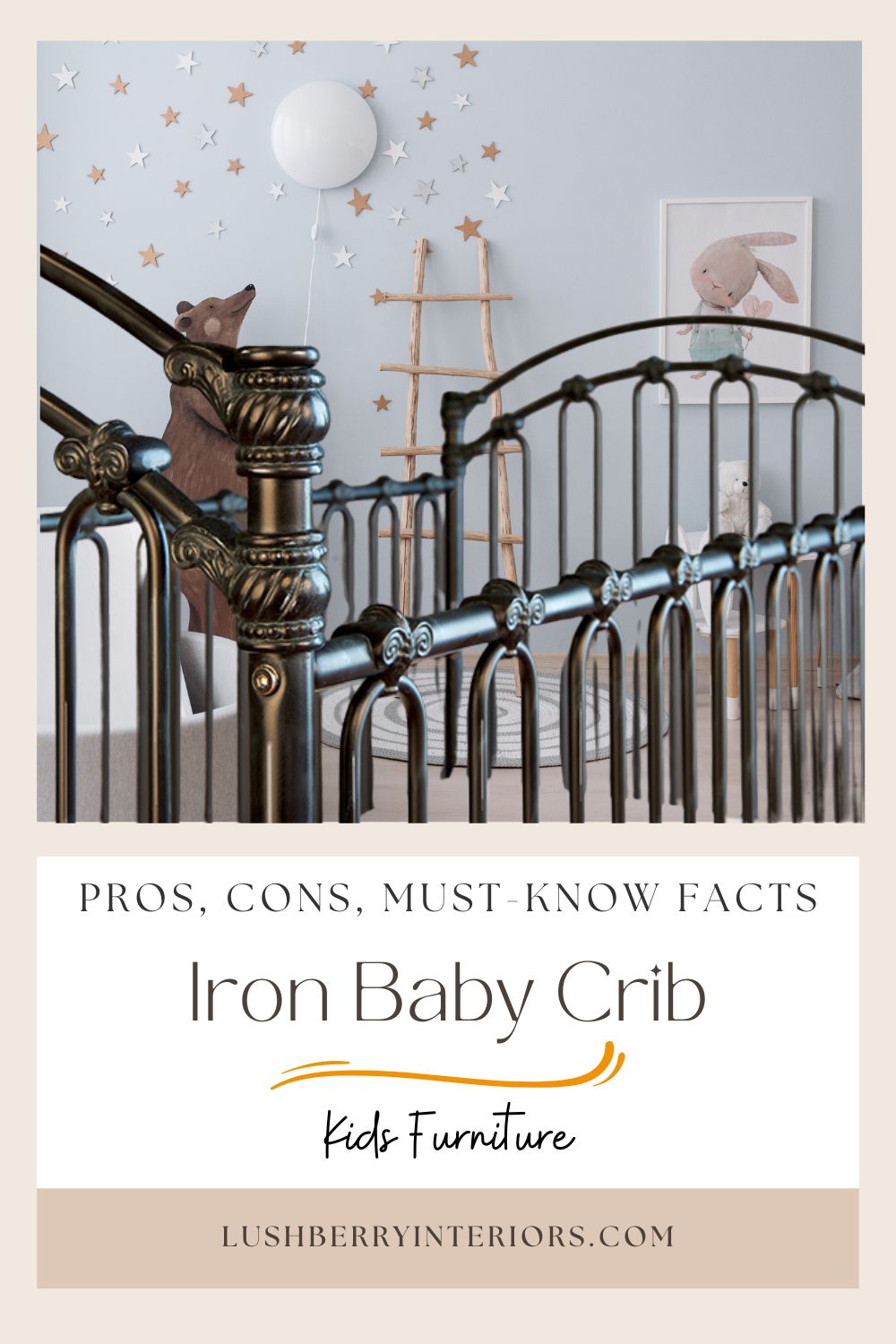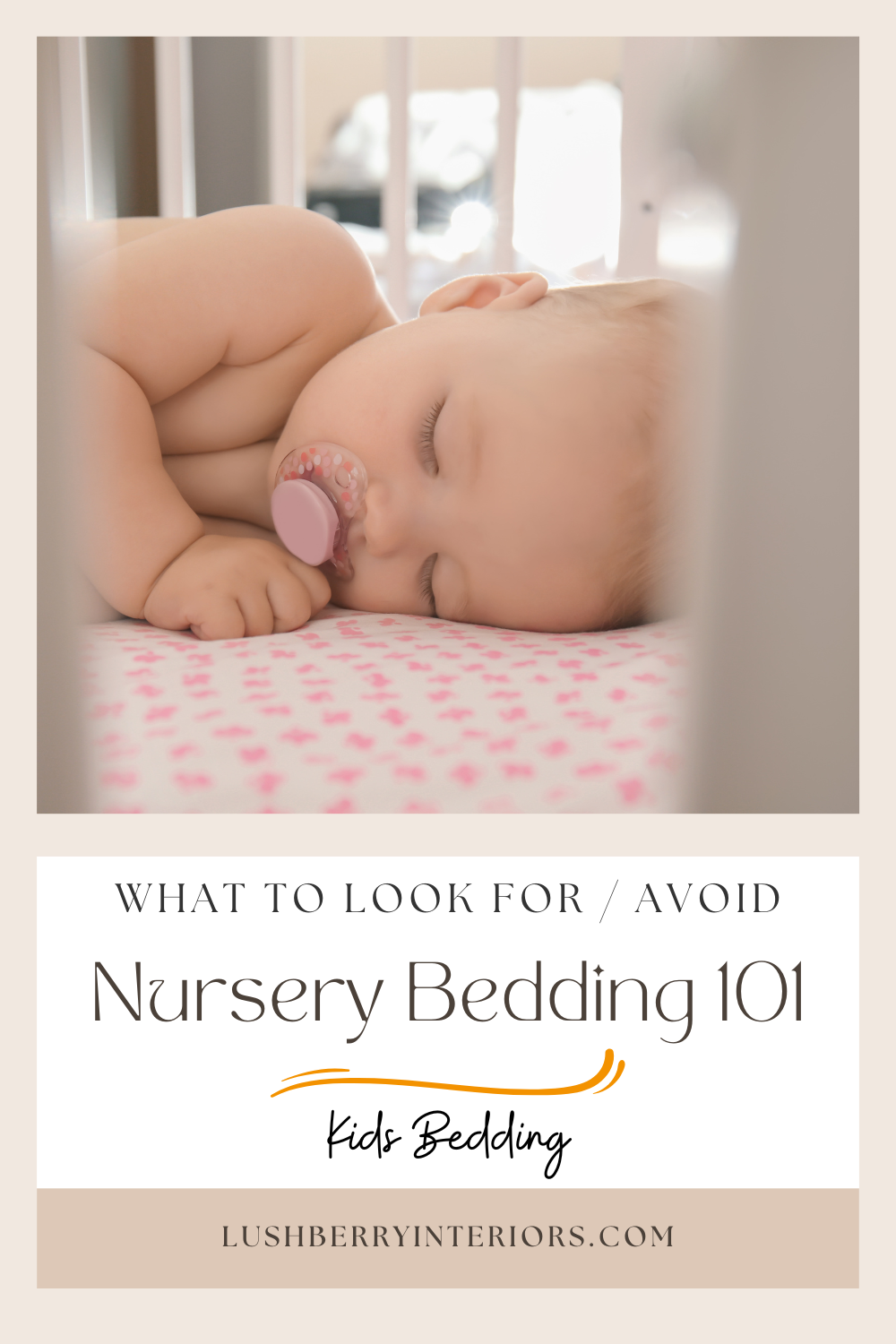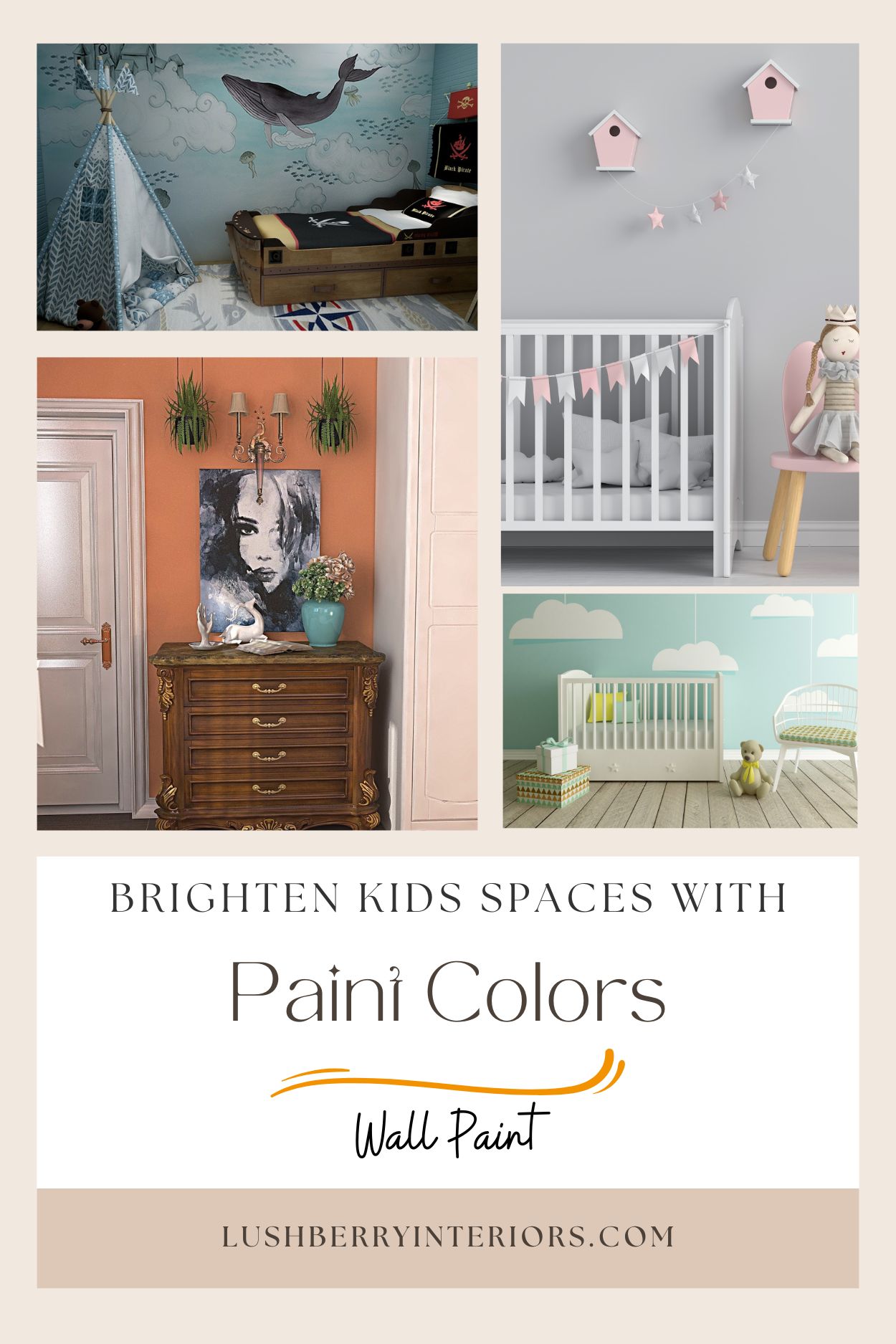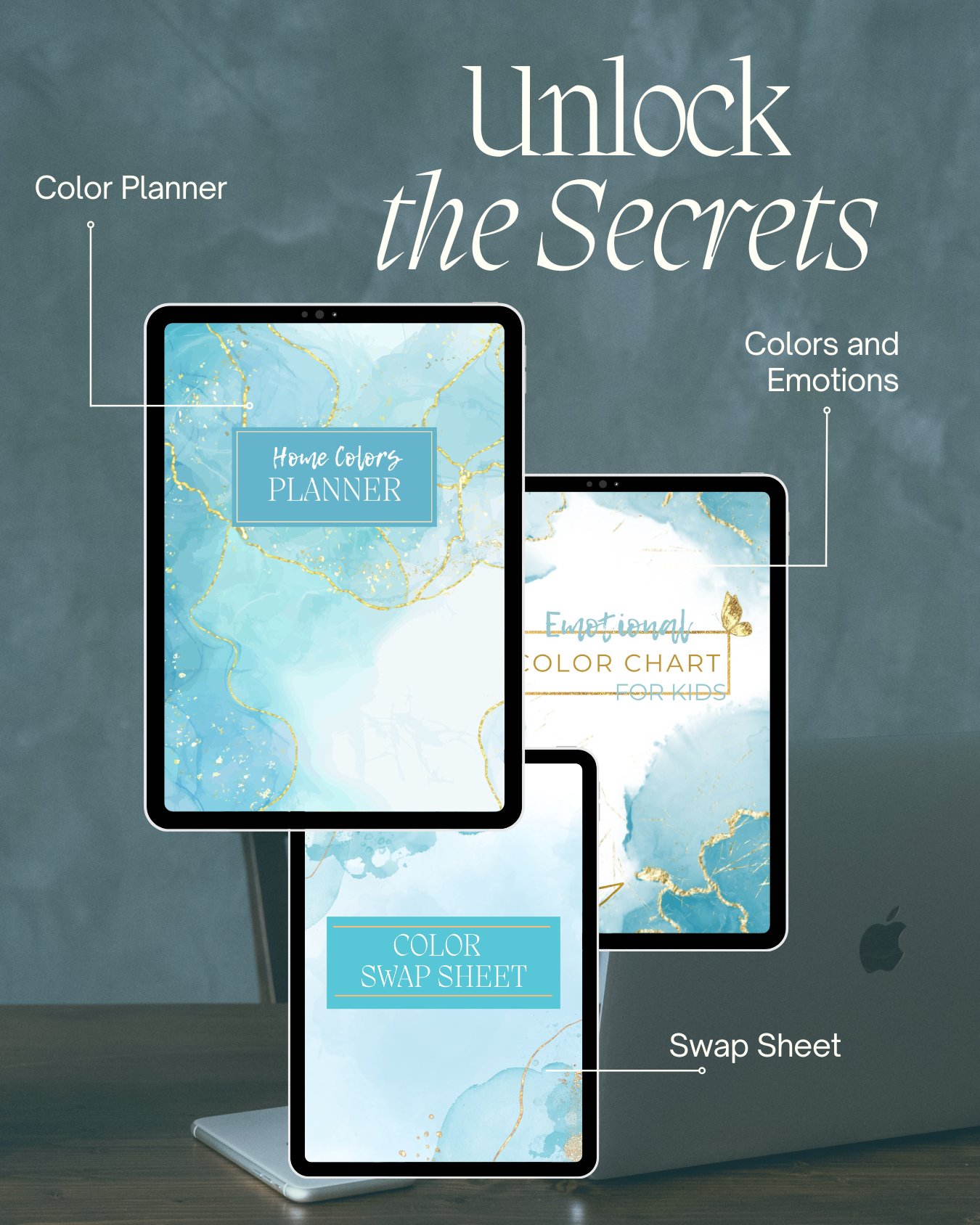Crucial Baby Crib Safety Tips All Parents Need
6 essential baby crib safety steps to make sure your baby’s crib is safe and secure.
(We have included third party products with the goal to help you navigate the web easily so you can focus on what matters to you. Purchases made through links on this page may earn us a commission.)
When shopping for a crib, are you overwhelmed with the realization that ALL CRIBS LOOK ALIKE!! Rows of cribs in stores or endless online listings often blur together. So, does choosing the right crib simply come down to color and design? Should you trust your instincts, or is there more to it?
The confusing answer...yes and no.
Let's start with the 'Yes'.
* Yes, at first glance, all cribs look alike.
* Yes, the look of the crib matters. It’s part of your nursery design, and you want it to complement your baby room ideas.
* Yes, your instincts also matter because this is where your little one will spend countless hours sleeping.
Now, let's take a look at 'No':
* No, while many cribs appear alike, subtle differences can pose serious baby crib safety concerns.
* No, a crib is more than a piece of furniture—it’s your baby’s safe space. Color and shape are a small part of it.
* No, that’s why parents should go beyond appearances and follow a clear baby crib safety checklist before buying.
Don't All Baby Cribs Meet Safety Standards?
“So what are these oh-so-important features that I need to check? Isn’t there an industry standard or something that all crib manufacturing companies need to adhere to? Why do I have to bother with all the statistics?”
Yes, I know just what you are thinking.
True. There IS an industry standard that all manufacturing companies need to adhere to…and they usually do, but with a caveat. The Consumer Product Safety Commission (CPSC) sets strict safe baby crib standards that manufacturers in the U.S. must follow. Most well-known brands comply with these rules.
But they are manufacturing a large number of baby furniture cribs… and besides this is your baby. As parents, it’s important to know what to look for—because your baby’s safety isn’t something to leave to chance.
Learn more about the New Crib Standards from CPSC.
Thus the need to be cautious and aware. Here are the top baby crib safety concerns to review before you buy (or accept a hand-me-down crib):
1. How Low Should The Drop Sides Be?
No. No. No. Drop side cribs are not for sale any more.
Drop-side cribs may have been common in the past, but the CPSC has banned them due to safety risks. If you’re considering an older crib, avoid drop-side models entirely. If you inherit one, double-check that the hardware is perfect—but ideally, choose a crib without drop sides.
2. Adjustable Mattress Height
Most modern cribs include adjustable mattress heights. You can raise or lower the mattress support to adjust the height of the mattress.
This feature makes it easier in the newborn stage and safer as your baby grows. Once your little one can sit or pull up, lower the mattress immediately. Always ensure the adjustment mechanism locks securely.
3. Give The Crib A Good Shake
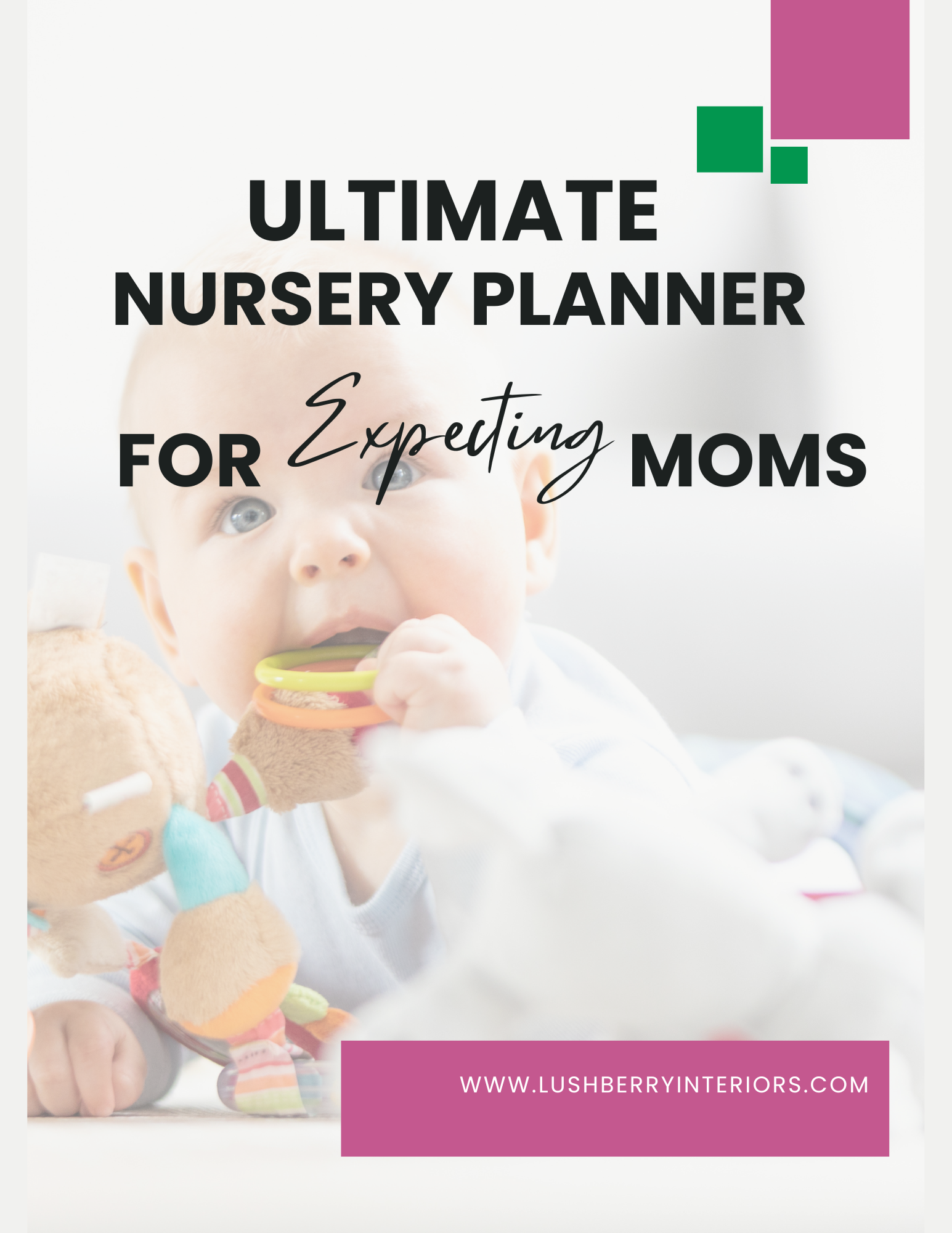
Baby cribs need to be sturdy and stable. Shake it to check for any wobbles or rattles. If there is, it might need to be re-assembled properly. Setting up the crib well before your due date allows time for these checks. My ultimate nursery planner comes with a printable calendar to ensure the nursery is ready before baby arrives. Find it here.
You could check other stores for the same model. But if that is a design fault, it could become a serious baby crib safety issue. You need to find a different model instead.
4. What's the Standard Frame Size?
Most cribs come in the standard size. Quality baby cribs manufactured in the US generally follow the prescribed safety standards.
However, it pays to make your own checks on the piece you intend to buy. The crib interior should snugly accommodate a standard crib mattress — at least 51 ¾ inches long by 27 ¾ inches wide. Gaps are one of the most common baby crib safety concerns because they can trap tiny hands or bodies.
(Baby Crib Safety Tip: Slide your fingers between the mattress and crib. If you can fit two fingers in, the mattress is too small. This can be dangerous for your baby. Make sure that even with a mattress in place, the crib sides are tall enough to keep your baby safely inside.)
5. What's the Standard Slat Size?
Slats are the thin narrow strips or bars of wood found on all sides of the crib.
The distance between any two crib-slats must be no more than 2 3/8 inches (about the width of a soda can). Wider gaps can be dangerous and are a major baby crib safety issue to avoid.
6. Check for Ease of Release
Found the one you were looking for? First, give it a thorough hands-on inspection. Raise and lower the sides of each model several times to see if it is easy to operate.
Picture yourself holding a sleeping baby: can you operate the crib one-handed, quietly, and safely? A crib should be easy for parents to use while staying secure enough that your baby cannot unlock it. This balance is a key part of safe baby crib standards.
(Infant Safety Concern: If the release is too easy, your baby may learn to lower the sides himself. Check the locking system)
The JPMA Certification for Peace of Mind

A quality crib manufacturer constantly tests and retests its products to ensure the crib safety of each crib. Most of the cribs in stores today do comply with the mandatory industry safety standards.
To check whether your chosen baby crib qualifies, look for the certification by the Juvenile Products Manufacturers’ Association (JPMA).
Additional Concerns for Baby Crib Safety
- Avoid cribs more than five years old, since safety standards evolve.
- Check that the paint or finish is non-toxic and lead-free.
- If you find a crib with potential hazards, report it to the CPSC to help other families.
Crib shopping isn’t just about picking the prettiest design—it’s about creating a safe, secure environment where your baby can rest and grow. By following this baby crib safety checklist and understanding the most common baby crib safety concerns, you’ll feel confident that your little one’s crib is both stylish and safe.
Once the safety checks are complete, you can enjoy the fun part: decorating the nursery and creating a cozy, beautiful space for your baby.
Continue Reading...
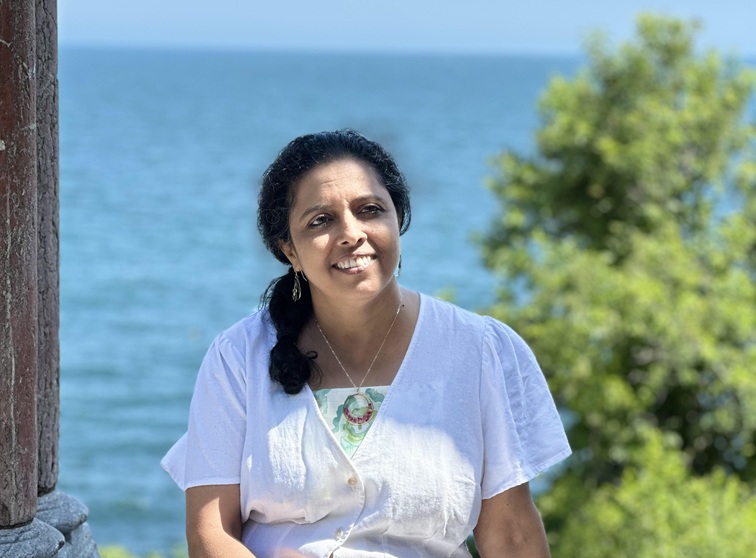
Hello, I am Richa - mom of 2 college kids (yikes) and 2 forever toddler fur babies - and I have the super mom-power of finding what my kids just cannot!
I am super excited to see you here. I enjoy interior designing so much I went back to study it. Now armed with knowledge, passion and a vision to make 'happy homes', I hope this site will give you all the tools you need to make your kid's room happy too. Read More...

